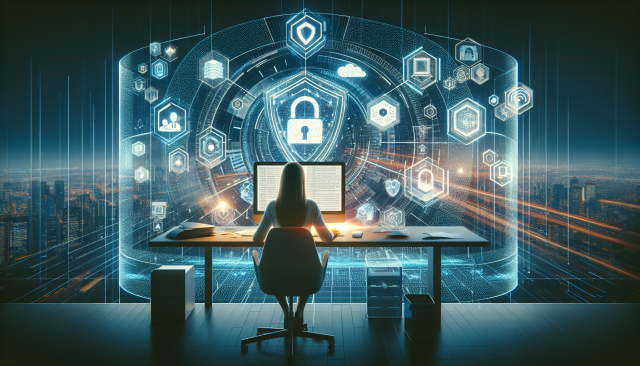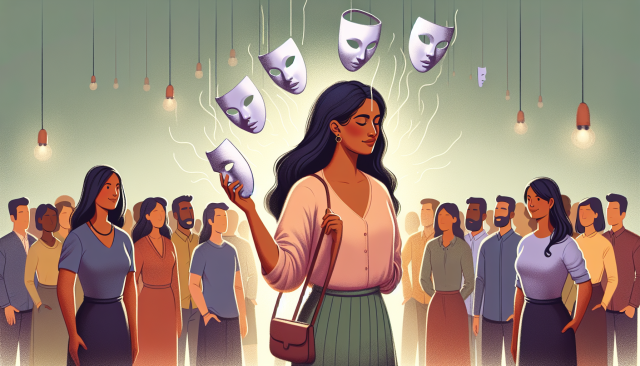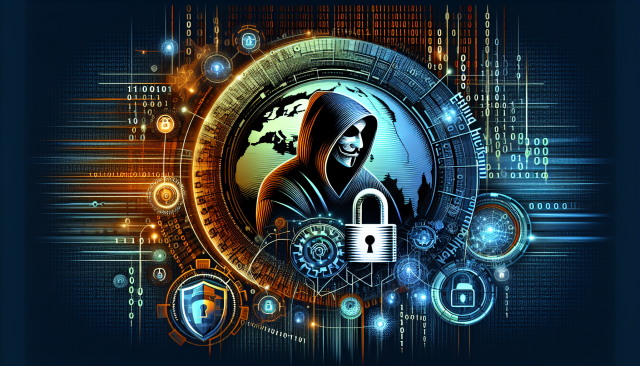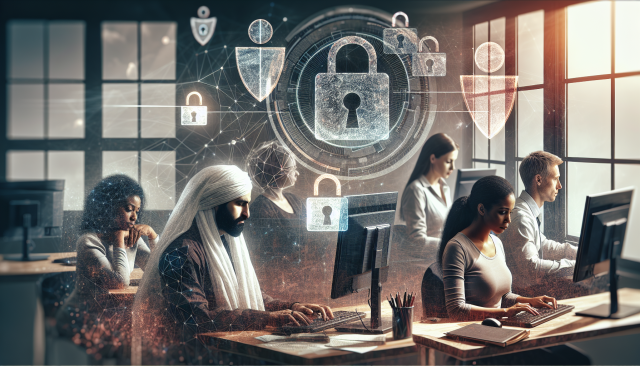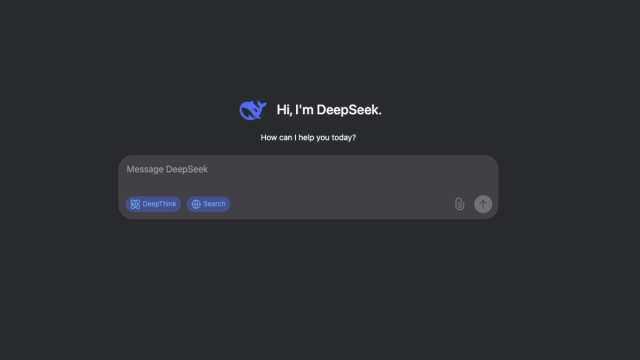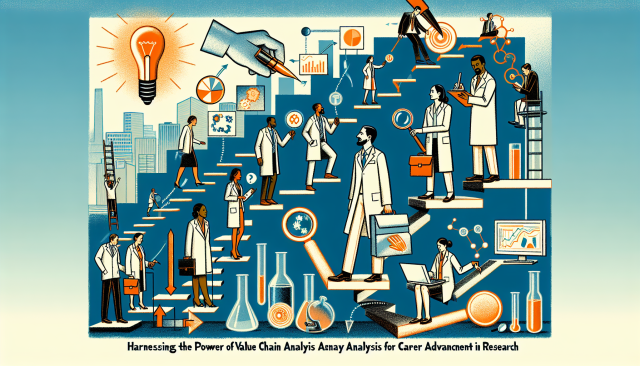Reclaiming Your Career in the Age of Deepfakes and Privacy
Reclaiming Your Career in the Age of Deepfakes and Privacy
As you step back into the professional world, navigating the technological landscape can be both daunting and exhilarating. The world has transformed rapidly, with digital innovations reshaping every industry. One such revolutionary, yet controversial, advancement is deepfakesa technology that manipulates audio and visuals so skillfully that it creates hyperrealistic fabrications. As we celebrate Data Privacy Day, it’s essential to explore how deepfakes and privacy intersect, and what this means for your career development.
Understanding Deepfakes
Deepfakes leverage artificial intelligence to create fabricated media content, often indistinguishable from reality. While the potential for creativity and entertainment is immense, the misuse of such technology poses significant threats to privacy and truth. From fake news to identity theft, the implications are vast, demanding a vigilant approach to both personal and professional spheres.
Privacy: Your New Best Friend
In an era where misinformation can spread like wildfire, maintaining privacy is paramount. For returning professionals, this means more than safeguarding personal data; it involves understanding your digital footprint and being proactive in managing it. By doing so, you not only protect yourself from potential threats but also enhance your credibility in a tech-savvy job market.
The Career Connection
Embracing data privacy can be a powerful career development tool. Employers value professionals who are mindful of privacy concerns and can navigate the digital world responsibly. By cultivating a strong understanding of privacy issues, you position yourself as a forward-thinking professional, ready to tackle modern challenges with integrity and insight.
Navigating the New Frontier
As you re-enter the workforce, consider how you can leverage your unique experiences and perspectives in the context of emerging technologies like deepfakes. Whether its engaging in continuing education, attending tech conferences, or participating in online forums, staying informed is crucial. The ability to critically assess and respond to digital threats will not only bolster your career prospects but also contribute to a safer, more informed community.
Your Role in Data Privacy Day
Data Privacy Day serves as a reminder of the importance of privacy in a hyper-connected world. For returning professionals, it offers an opportunity to reflect on how privacy impacts your career and to recommit to safeguarding personal and professional information. Whether through adopting better data management practices or advocating for stronger privacy policies, your involvement is key to reshaping the narrative around data privacy.
As you navigate this new frontier, remember that your journey is unique. The ability to adapt, learn, and grow in the face of technological change is what makes returning professionals invaluable. Embrace the challenges, protect your privacy, and let deepfakes be a tool for innovation rather than intimidation in your career journey.
















